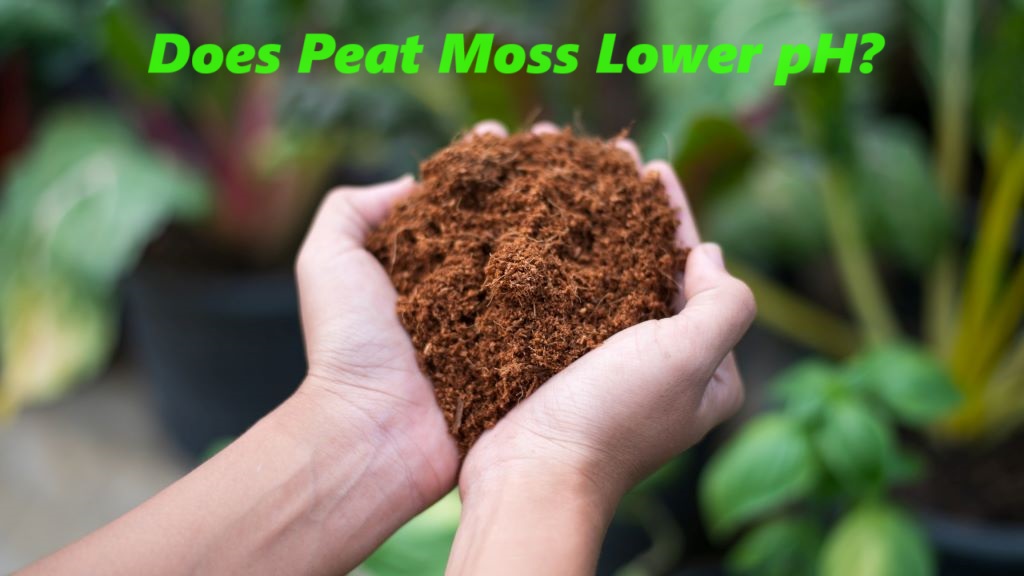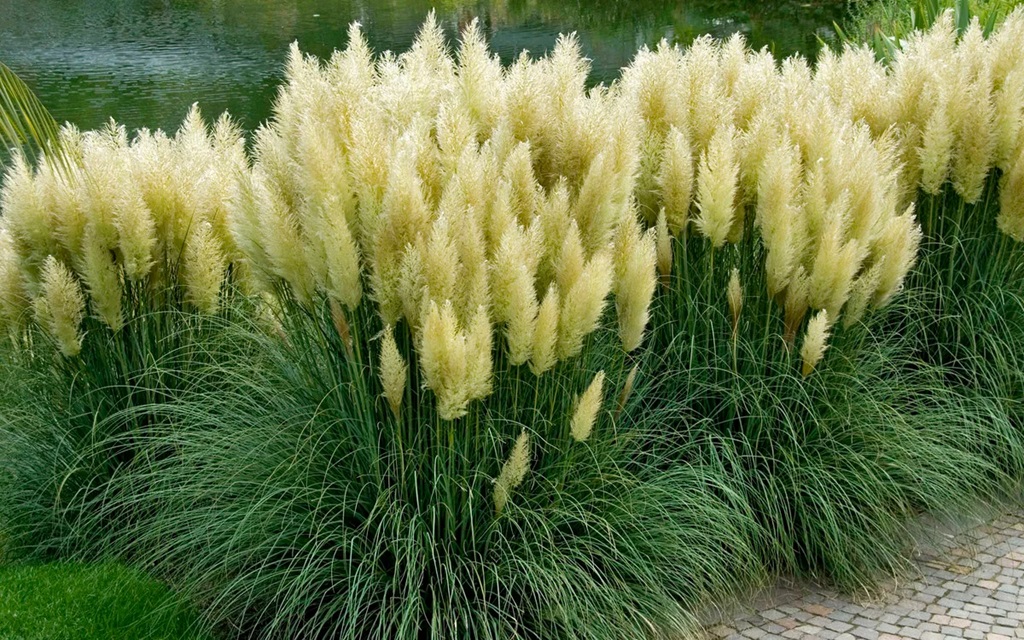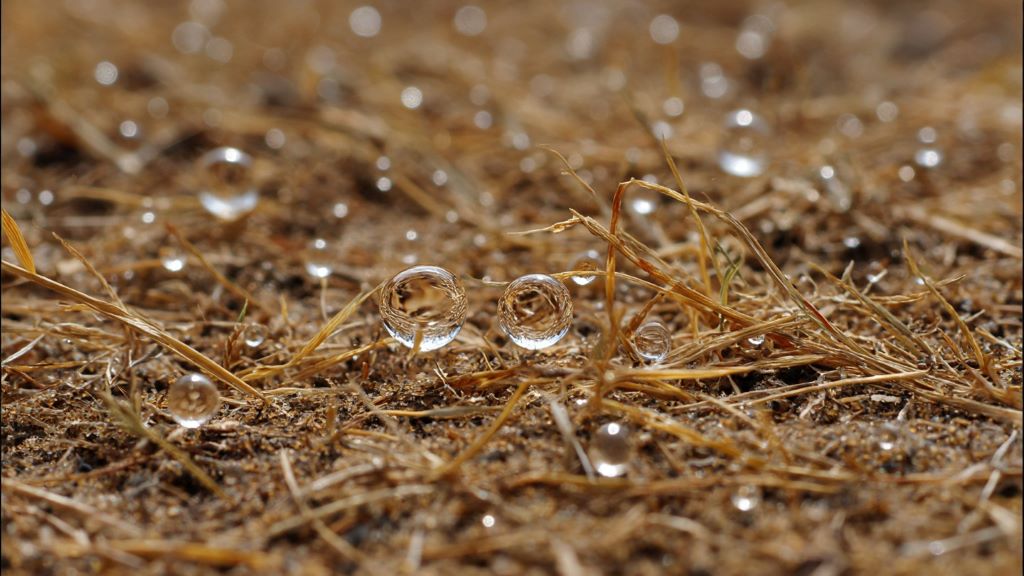Peat moss, also known as sphagnum peat moss, is a widely used soil amendment that both professional gardeners and landscapers highly value. It is made from decomposed sphagnum moss plants that have undergone a natural decay process over a long period. This organic material is highly appreciated for its water-retention capabilities, which make it an excellent choice for improving soil quality in areas with poor drainage.
Additionally, peat moss contains various nutrients beneficial for plant growth and development. However, one question often arises among gardeners is whether peat moss can lower soil pH. This is an important consideration, as soil pH levels can significantly impact the health and growth of plants. Below, we’ll take an in-depth look at does peat moss lower pH.
What is Peat Moss?
Peat moss, also known as sphagnum peat moss, comprises partially decomposed moss plants called sphagnum. Over thousands of years, sphagnum moss plants accumulate in bogs and fens across northern landscapes. As the lower layers of moss plants die, they slowly decompose into peat in the acidic, oxygen-deprived environment.
Peat moss harvested for gardening and landscaping is typically obtained from bogs in Canada and northern parts of the United States. The peat is dried and processed into a soil amendment product. It has a coarse, fibrous texture and ranges in color from brown to black.
Benefits of Using Peat Moss
There are several reasons why peat moss is commonly used in gardens and landscapes:
- Water retention – Peat moss can hold up to 20 times its weight in water. Adding it to soil helps increase moisture retention.
- Soil structure – The fibrous nature of peat moss improves soil structure and aeration when added to clay or compacted soils.
- Organic matter – Peat provides organic materials that enrich soil as it decomposes slowly.
- Cation exchange capacity – Peat particles carry a weak negative charge that helps retain positively charged nutrients like calcium, magnesium, and potassium.
- Seed starting – Peat creates an ideal seed starting medium because of its moisture retention and low nutrient content.
- Acidifying properties – Peat moss tends to be acidic, favorable for plants that prefer lower pH soils like blueberries and azaleas.
Does Peat Moss Lower pH?
The short answer is yes. Peat moss typically lowers pH when added to soils. Here’s a closer look at why:
- Origins – Sphagnum moss accumulates in bogs and fens, acidic environments with pH levels around 3.5 to 5. The acidic conditions inhibit decomposition and result in the accumulation of peat.
- Composition – Peat moss contains organic acids from incompletely decomposed moss tissue. Humic and fulvic acids are known contributors to peat’s acidity.
- Cation exchange – The cation exchange capacity of peat moss favors holding onto hydrogen ions (H+), which lowers pH. Releasing hydrogen ions is a way peat helps counteract nutrients like calcium and magnesium.
- Lack of buffering – Peat has minimal capacity to buffer changes in pH. So, when incorporated into soil, it releases hydrogen ions rather than neutralizing them.
- Slow decomposition – As peat decomposes over time, it releases more organic acids that continue lowering pH.
How Much Does Peat Lower pH?
There is no single answer for how much peat moss lowers soil pH, as the effect depends on several factors:
- Original soil pH – The lower the starting pH, the more peat will lower it further. More alkaline soils see a more remarkable pH change.
- Application rate – Using peat at higher volumes or concentrations has a more significant lowering effect on pH. Typical rates are 25-33% peat to soil.
- Peat type – Sphagnum peat is more acidic than hypnum peat. The source bog environment also influences acidity.
- Buffer capacity – Soils with more buffering capacity resist changes in pH more than those with minor buffering.
- Time – The pH-lowering effect accumulates over time as peat decomposes and releases more organic acids.
pH changes from 0.5 to 2 units are common when amending with 10-25% peat moss by volume. Heavier applications or repeated use have a compounding effect over seasons.
What pH Level Does Peat Moss Create?
Because peat acidifies soil relative to the starting pH, it creates no single target pH. However, some general pH ranges can be expected based on typical application rates:
- 10% peat – Lowers pH 0.5 to 1 unit
- 25% peat – Lowers pH around 1 to 2 units
- 33% peat – Lowers pH 1.5 to 2 units or more
For example, amending a more neutral 6.5 pH soil with 25% peat could drop it into the mildly acidic 5.5 to 4.5 range. A very alkaline soil at 8.0 pH could go down to 6.5 to 5.5 pH.
Most bagged peat moss products have a pH around 3.3 to 4.5. But remember, applying pure peat moss alone would keep the pH too low for most plants. Diluting it with unamended soil moderates the acidifying effect.
Adjusting pH After Using Peat Moss
Because peat moss makes the soil more acidic, soil pH may need adjusting, especially for plants that prefer neutral or alkaline conditions. Here are some ways to raise pH if it falls too far:
- Add lime or wood ash – These contain calcium carbonate that neutralizes acidity and raises pH.
- Incorporate compost – Finished compost has a moderating effect on pH due to microbial activity.
- Use less peat – Cutting back on peat percentage reduces acidification.
- Switch to coir – Coconut coir has more buffering capacity and is less acidic.
- Test soil yearly – Check pH annually and adjust to maintain optimal range.
- Grow acidic plants – If pH is very low, focus on acid-lovers like blueberries instead of fighting pH.
Peat can improve moisture retention and soil structure for many gardens and landscapes with proper pH management.
Frequently Asked Questions
Does peat moss always make the soil more acidic?
Yes, peat moss will inherently lower pH when mixed into soils. The degree depends on the original soil pH and other factors, but the effect is sometimes acidic.
Should I use lime when adding peat moss?
It’s a good idea to use lime or other pH raisers when amending with peat, especially for plants that prefer neutral/alkaline conditions. Mixing them helps counteract peat’s acidity.
How long does peat moss keep lowering pH?
The pH-lowering effects of peat accumulate over time. As peat decomposes over months and years, it will release more organic acids and become more acidic.
Will peat change the pH of container soils?
Yes, peat will make the pH of container soils (potting mixes, seed starts) more acidic. The effect is often more substantial since container soils have little buffering capacity.
Can I use peat for acid-loving plants like blueberries?
Yes! Peat moss provides an easy way to acidify soil for plants like blueberries, azaleas, rhododendrons, camellias, and others who prefer lower pH levels.
Conclusion
Peat moss has become a popular soil amendment thanks to its excellent moisture retention and ability to improve soil structure. However, its acidic nature invariably lowers the soil pH it adds to. When caring for Water Lilies or Coves, follow a step-by-step approach considering soil pH; adding 25% peat moss to neutral or alkaline soil typically lowers pH by 1-2 units, but if it falls too low, counteract with lime or compost. With proper pH management, peat moss can be helpful in garden soils and potting mixes.








